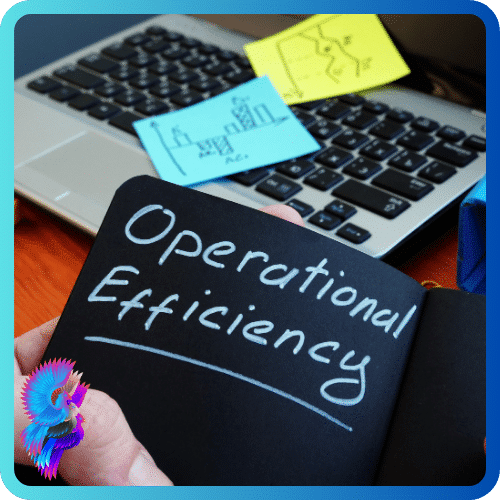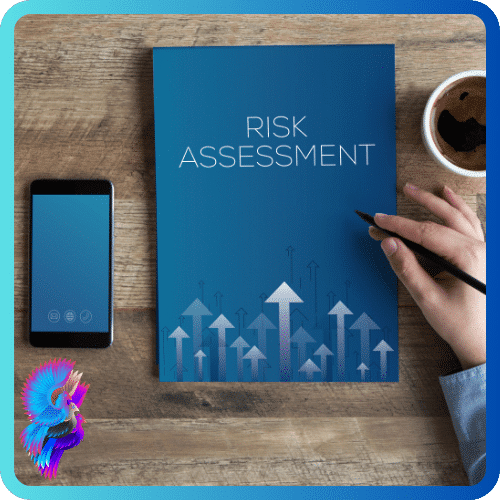Advertisements
A Comprehensive Overview
Introduction:
Risk management is a crucial aspect of decision-making and strategic planning in various fields, including business, finance, healthcare, and project management.
It involves identifying potential risks, assessing their impact, and implementing strategies to mitigate or capitalize on them.
This essay will delve into the key components of risk management, its importance, and the various methodologies employed to manage risks effectively.
I. Definition and Components of Risk Management:
Risk management is a systematic process that involves identifying, assessing, prioritizing, and controlling or mitigating uncertainties that could impact an organization’s objectives. The components of risk management can be categorized into four main stages:
1. Risk Identification:
- This phase involves identifying potential risks that could affect the achievement of organizational goals.
- Risks may arise from internal or external factors, such as market volatility, regulatory changes, technology disruptions, or human error.
- Techniques like brainstorming, risk workshops, and historical data analysis are often used to identify potential risks.
2. Risk Assessment:
- Once risks are identified, they are assessed in terms of their likelihood and potential impact on the organization.
- This process helps prioritize risks and allocate resources effectively.
- Quantitative and qualitative methods, including risk matrices, probability and impact assessments, and scenario analysis, are employed to evaluate risks.
3. Risk Mitigation or Control:
- After identifying and assessing risks, organizations develop strategies to manage or mitigate them.
- This may involve implementing preventive measures, transferring risks through insurance, or developing contingency plans.
- Risk mitigation strategies aim to reduce the probability or impact of identified risks, enhancing an organization’s resilience.
4. Monitoring and Review:
- Risk management is an ongoing process that requires constant monitoring and evaluation.
- Organizations must regularly review their risk management strategies and adjust them as the business environment evolves.
- Continuous monitoring helps identify new risks and assess the effectiveness of existing risk mitigation measures.
II. Importance of Risk Management:
1. Protecting Assets and Investments:
- Effective risk management safeguards an organization’s assets and investments from potential threats.
- This is particularly crucial in the business and financial sectors, where uncertainties can have a significant impact on profitability and sustainability.
2. Enhancing Decision-Making:
- A thorough understanding of potential risks allows organizations to make informed decisions.
- By factoring in risks, leaders can anticipate challenges, make strategic choices, and allocate resources more efficiently.
3. Compliance and Governance:
- In many industries, compliance with regulations and adherence to corporate governance standards are essential.
- Risk management ensures that organizations operate within legal and ethical boundaries, avoiding legal consequences and reputational damage.
4. Stakeholder Confidence:
- Stakeholders, including investors, customers, and employees, are more likely to have confidence in an organization that demonstrates a proactive approach to risk management.
- This confidence is crucial for maintaining positive relationships and sustaining business success.
III. Risk Management Methodologies:
1. Traditional Risk Management:
- Involves identifying, assessing, and managing risks through established processes and procedures.
- It often relies on historical data and experience to predict and mitigate potential risks.
2. Enterprise Risk Management (ERM):
- ERM is a holistic approach that considers risks across an entire organization.
- It integrates risk management into strategic planning, aligning risk tolerance with organizational objectives.
3. Quantitative Risk Management:
- Utilizes quantitative models and statistical analysis to measure and manage risks.
- This approach assigns numerical values to risks, allowing for a more precise understanding of potential impacts.
4. Operational Risk Management:
- Focuses on risks associated with an organization’s internal processes, systems, and people.
- This includes risks related to technology, human resources, and operational efficiency.
Conclusion:
In conclusion, risk management is an integral part of organizational success, providing a structured framework for identifying, assessing, and mitigating uncertainties.
The constantly evolving business landscape necessitates a proactive approach to risk management to ensure resilience and sustainability.
Organizations that effectively implement risk management strategies are better equipped to navigate challenges, protect their assets, and capitalize on opportunities in an ever-changing environment.
Advertisements






















